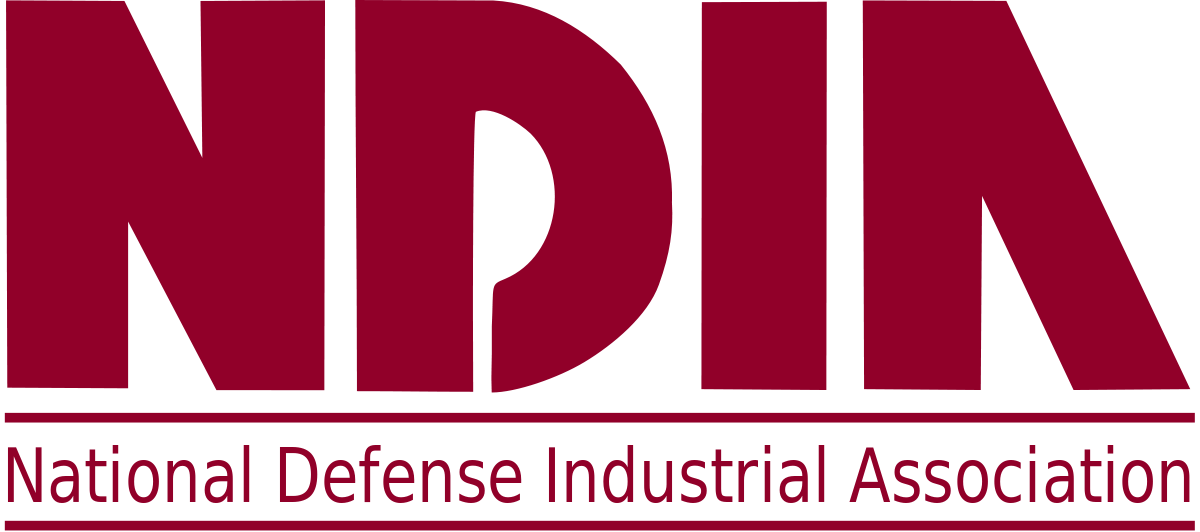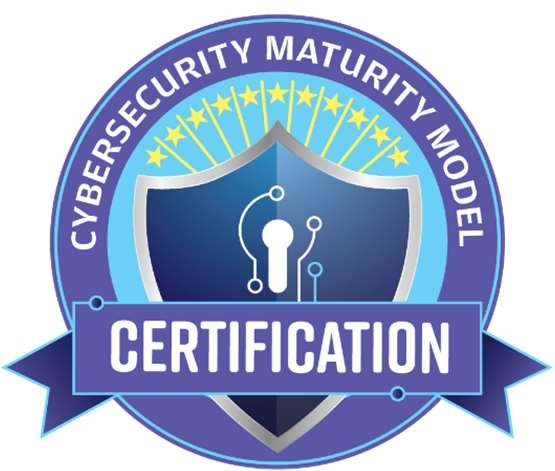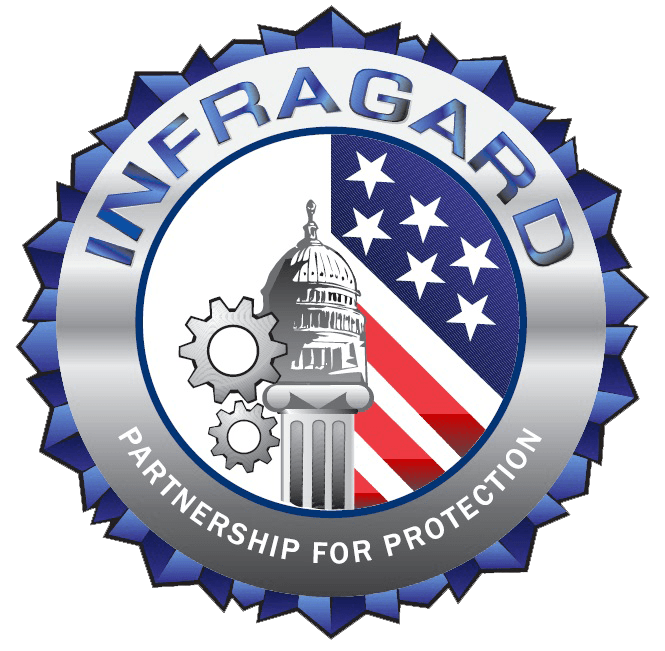Manufacturers often wonder how to become defense contractors. Often it can take up to 18 months to win your first DoD contract, so it’s essential to familiarize yourself with DoD contracting regulations and procedures before beginning an RFP.
Defense contractors often find the process confusing and complicated, especially those new to that type of work. The regulations are comparable to the size of the tax code, and a lot of paperwork is involved. Plus, competition for defense contracts is fierce but it can also be a profitable and rewarding process.
The DoD uses three primary procurement types: normal, sole source, and multiple award contracts. Each type has its advantages and disadvantages.
Normal Procurements
Normal procurements are further divided into simplified acquisitions with a value of $25,000 or less and purchases worth $25,000 or more.
Simplified Acquisitions
Simplified acquisitions require the government’s purchasing agent to obtain quotes, which may be verbal or written. The next step is to issue a purchase order to the lowest responsible bidder. Billions of dollars worth of simplified acquisitions are available to small businesses from various agencies.
For example, the U.S. Navy reports that 98 percent of their transactions fall into this category. Government agencies don’t advertise simplified acquisitions, so it’s vital to get your company in front of purchasing agents.
Purchases Over $25,000
The Federal Business Opportunities website publicizes normal procurements worth more than $25,000. This website contains RFPs for virtually everything the government purchases, so you should review the summaries for these RFPs and download the ones that interest you.
Read these documents carefully and write your proposal, ensuring they comply with the RFP’s requirements. Submit the proposal before the due date to avoid a summary rejection.

Sole Source Procurements
A sole source procurement means that only one defense contractor can fulfill that contract. This type of procurement is rare because the purchasing agent must provide extensive documentation justifying the decision to use that contractor. A sole source procurement is preferable to contractors since it’s non-competitive, but it typically requires you to successfully compete for contracts first.
Multiple Award Contracts
A multiple-award contract (MAC) involves awarding the contract to more than one defense contractor or company while requiring each company to compete for specific task orders. This type of procurement is becoming more common with the use of MACs such as Air Force NETCENTS II, GSA schedules and Navy Seaport-e.
MACs benefit defense contractors because the number of companies competing for task orders is much smaller than a normal procurement. The process for obtaining a MAC is otherwise similar to normal procurements worth more than $25,000.
A broad agency announcement (BAA) is a type of MAC in which a government agency issues a solicitation for basic research. Interested parties, such as businesses and universities, submit proposals on problems where the solution requires government funding.
Proposal Process
The government evaluates proposals according to the procedures listed in the RFP. The purchasing agent may have some questions on the proposal, although this is a rare occurrence. The contract is typically awarded solely on the basis of the proposal, so it’s essential for the proposal to provide all the information that the RFP requires.
A contracting officer will usually send a letter to the winning bidder to negotiate a contract, resulting in a finalized contract, provided the negotiations succeed. However, some government purchases don’t require negotiations, so the government will simply issue a purchase order to the defense contractor.
Ensure you read and understand all documents the government sends you during the procurement process. It’s vital to know what you’re agreeing to before you sign a legally binding contract.
How to get Military and Government Manufacturing Contracts
The DoD awards contracts worth billions of dollars every year, but securing these contracts is a complex process that can intimidate many aspiring defense contractors. Many of these contracts go to large corporations, but small businesses also receive a significant portion.
Manufacturers looking to meet the product needs of the DoD need to take specific steps to receive these orders, which primarily include ensuring that their products comply with government standards.
A good deal of effort is involved in winning a military contract, but the following four steps can maximize your chances for success:
1. Complete the registration process
The first step in registering for a defense contract is to obtain a Data Universal Numbering System (DUNS) number so the government can consider you for military contracts. Contact the financial reporting company Dun & Bradstreet to obtain a DUNS number, which will allow you to register with the System Forward Management (SAM).
SAM is an official website of the US government. It’s free to use for defense contractors wishing to do business with the government. They can use it to create, update and renew their registration, check their registration status, and other tasks related to SAM registration.
A DUNS number and SAM registration are requirements for any government contract, so you need to complete these steps first in your process for getting a military contract. You also need a Contractor and Government Entity (CAGE) Code if you’re a U.S. vendor. However, registering in SAM will assign you a CAGE code if you don’t already have one.
2. Conduct research and make contacts
The next phase of winning a defense contract involves getting to know other businesses that have already won military contracts and learning about federal supply codes. These include the Federal Supply Class or Service (FSC/SVC) codes, North American Industry Classification System (NAICS) codes and Product Service Codes (PSCs). The PSC Manual is particularly useful as many government listings for products, services and procurements are deified by PSC.
The Federal Business Opportunities (FBO) website is also useful for learning about current procurement opportunities from the DoD. Register on this website to gain access to these opportunities. The next step is to identify the contracting offices for individual departments, as they may have their own websites that provide useful information for their particular opportunities.
Your local Procurement Technical Assistance Center (PTAC) is another helpful resource for obtaining a military contract. PTACs provide details on the most effective methods for marketing products and services to the DoD. They also offer advice on contracting and marketing for small businesses.
The Small Business Administration (SBA) also provides assistance for defense contractors, including information on obtaining certification for preference programs that favor awarding contracts to small businesses. The General Services Administration (GSA) is another resource you should contact as it assists small businesses in competing for federal contracts. This government agency offers resources such as access to experts and training tools.
3. Learn military standards and specifications
Research the standards (MIL-STD) and specifications (MIL-SPEC) that military contractors must meet. They include test procedures and specifications that help contractors meet the high standards for quality and reliability that the DoD sets. EverySpec is a free source that provides access to tens of thousands of standards and specifications for the federal government in general and specific agencies such as the DoD, Department of Energy (DOE), and NASA.
An expiring manufacturer should also study MIL-STD-810G, which is a series of tests the military has designed to test equipment under various conditions such as the location where the equipment will be used and its environmental design. The tests in this MIL-STD are intended to assess the limits of the equipment during normal service life and are essential for learning the exact types of operating conditions your product must be able to withstand. This information is often a primary consideration for government contracts, especially military organizations.
MIL-STD-129 and MIL-STD-130 should also be the subject of study early in your quest for a military contract. MIL-STD-129 describes the requirements for labeling containers of military equipment for shipment. It also includes labeling requirements for other supplies that ensure consistency in labeling packages for transport.
MIL-STD-130 is similar in that it provides detailed standards for marketing property of the US military. Thus, both military standards specify the labels and tags that uniquely identify products, which are intended to be placed on the products themselves or their shipping containers.
Manufacturers who want to do business with the federal government also need to study the Federal Acquisition Regulation (FARS) and Defense Federal Acquisition Regulation Supplements (DFAR), depending on their products. Assume for this example that a product needs to be shipped with a radio-frequency identification (RFID) tag instead of a barcode label. For this product, the contract will include a DFARS clause providing more information about the RFID requirement.
4. Present your proposal
Present your proposal after you have registered with the government, conducted the necessary research, made contacts with the appropriate government agencies and other contractors, and learned about the applicable military standards and specifications.
Your proposal should include materials such as a brochure that will help you market your product to the DoD. The FedBizOps website is particularly helpful at this stage because it shows how your product can meet a DoD need. In general, you need to present your product’s capabilities to those DoD organizations that will buy your products or services.
The procurement data in USASpending.gov can assist your marketing efforts.
Common Mistakes Made by Aspiring Defense Contractors
Prospective defense contractors must maintain a particularly strict supply chain. The supply chains of the aerospace and defense industry are aggressive, yet they still experience delivery delays. An understanding of the defense market and the solutions to its supply problems require you to address concerns that program managers and buyers for DoD projects have when sourcing a new supplier. These concerns include the following:
1. Counterfeit Parts
The Federal Acquisition Institute (FAI) sets the baseline for the acceptable performance and quality of products for the federal government. Part of the FAI’s mission is to prevent counterfeit parts from entering the federal supply chain, although it still happens even from the government’s most trusted suppliers.
The discovery of counterfeit parts in equipment intended for the federal government triggers an immediate investigation to determine their origin. Furthermore, all work on the project must halt until that investigation is complete and the problem of counterfeit parts has been resolved. New defense contractors are rarely able to afford such a delay, so you need to document your procedures and training for preventing counterfeit parts from being in your products.
2. Anonymity
The DoD may require its Tier 1 and 2 defense contractors to remain anonymous on a project. This occurrence means contractors must source products through a single supplier to maintain the project’s secrecy.
A defense contractor that maintains staff with the necessary security clearances is at a huge advantage in these cases, as they may be essential for establishing supply chains for projects with security requirements.
3. Incomplete Quotes
Selecting a defense contractor only to find out that their quote doesn’t include all the necessary work is a highly frustrating experience for defense purchasing agents. The most common cause of this problem is a Non-Recurring Engineering (NRE) charge, which is a one-time charge to research, design, develop and test a new product or update an existing one. Set yourself apart from your competition by including the total investment for the project, allowing you to eliminate any NRE charges from your contract.
4. Inaccurate Data
DoD officials will assume that your data sheets accurately describe your product’s performance capabilities. As a result, they will expect it to meet those specifications when performing tasks that push it to its functional limits. A part that doesn’t meet your own specifications can damage your reputation with the DoD as a supplier.
Check the accuracy of your specifications, including the dates of original publication and subsequent revisions. Communicate product information on product updates proactively to ensure your DoD customer remains current on your product’s capabilities. Open communication is a key requirement for overcoming disruptions in supply chains.
Summary
The process of becoming a defense contractor requires you to understand the type of contract you’re applying for as well as the process for applying for that contract. It’s also important to avoid common mistakes contractors make, especially when they’re new to government work.
Cuick Trac has helped hundreds of defense contractors win contracts using our DFARS 252.204-7012 / NIST SP 800-171 compliance solution while making their path to a successful Cybersecurity Maturity Model Certification (CMMC) third-party assessment.
Sources:





